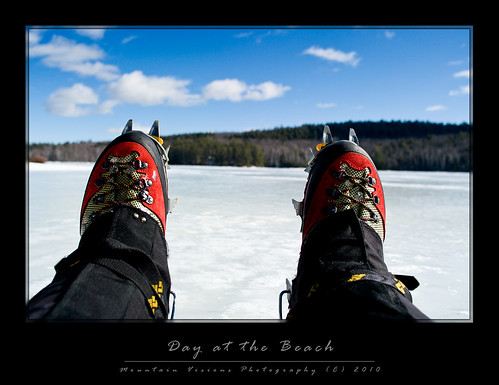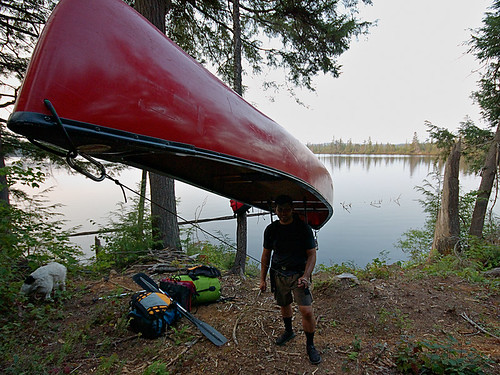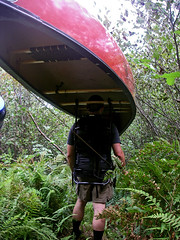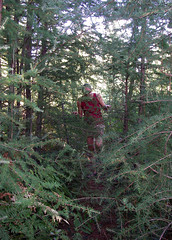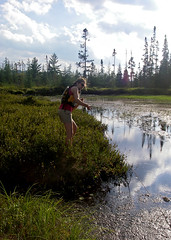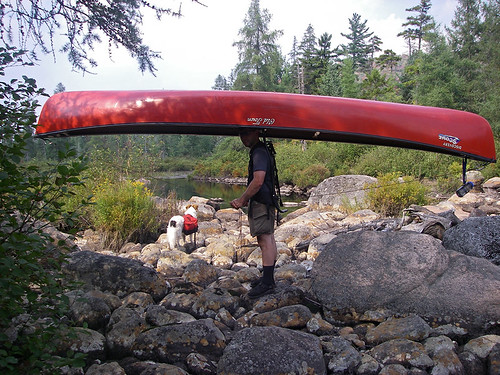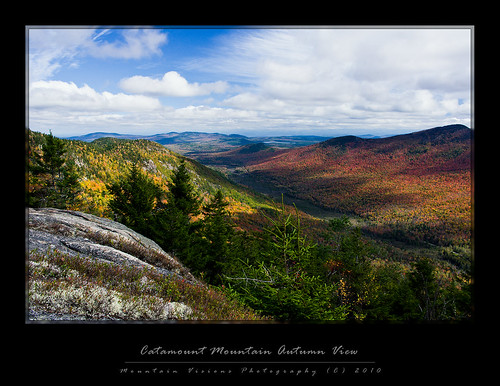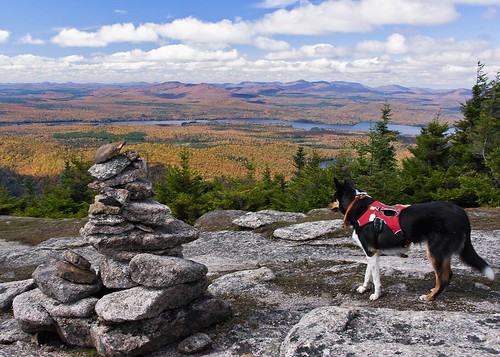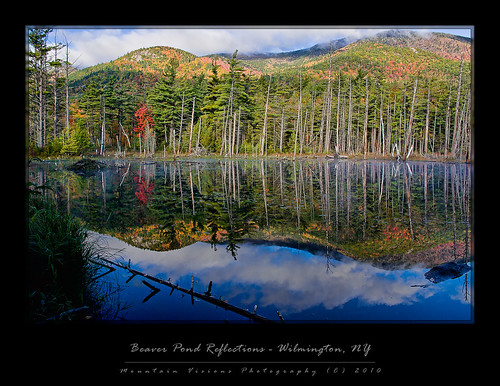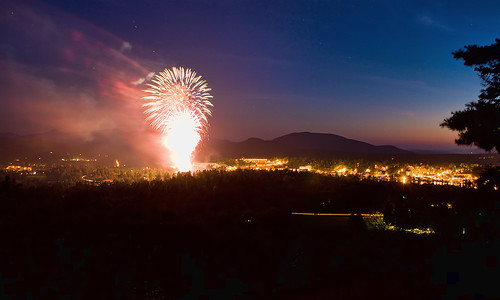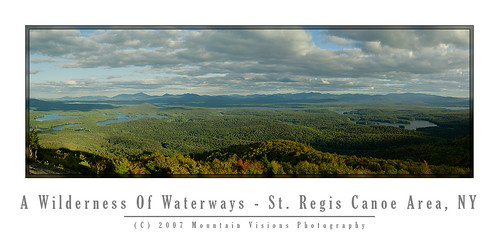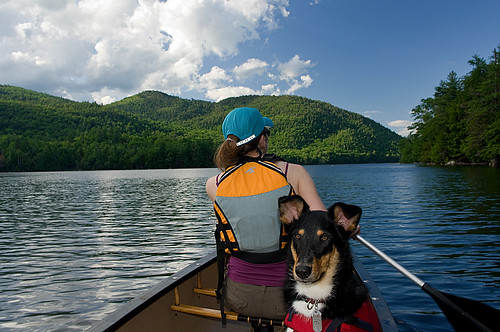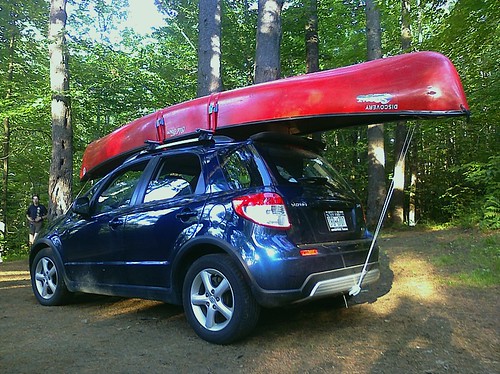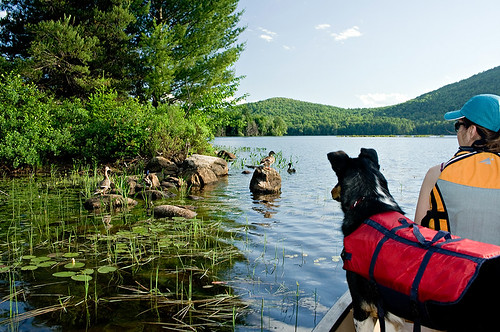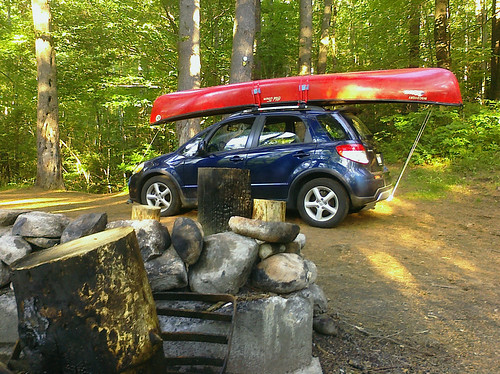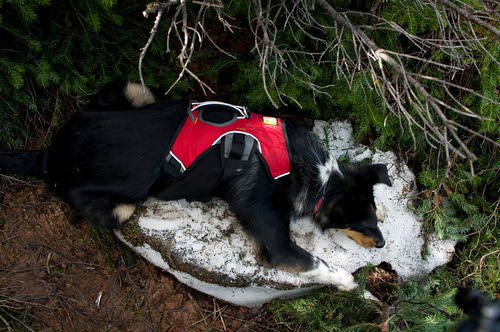I often get asked what the best hike is, what the hardest hike is, and what my favorite hike is. There are a few hikes in the region that require tremendous effort and offer great reward for that effort, and coincidentally happen to be among my favorite hikes.
I'm much less a mileage guy than an elevation, weather, scenery, aesthetics, and technical terrain guy. After all, if you just want to ambulate a long distance, put away the hiking boots and all the gear and go run a marathon. A hike like the King Ravine or Huntington Ravine, Acadia's Beehive and Precipice Trails, or an Adirondack slide such as Eagle or the Gothics north face is much more enjoyable than walking endlessly over well footed trails while buried in a tree tunnel. As such, all the hikes on this list require you to either battle the weather or ascend steep and rugged terrain, in some cases requiring you to use your hands as much as your feet. None of the hikes on this list are contrived, or require any sort of far out antics to complete. They are simply real, hard, rugged hikes through some impressive wild places. Most importantly all are aesthetically pleasing, making them more then a sufferfest without reward!

The Adirondacks are generally not the type of mountains you can string multiple summits together, but the Great Range makes up for that. The elevation gain and distance are very similar to the Presidential Traverse in NH, with one exception, on the Great Range elevation is gained and lost in massive chunks over just half the trip, while the Presidential Traverse spreads it out quite evenly over the 20 miles. The minimum Great Range traverse is 22 miles long and gains and loses 18,500ft. 11.5 miles are along the spine of 9 peaks over 4,000 feet in elevation. Over those 11.5 miles just under 15,000ft is gained and lost. Because of trail head relocations and the loss of a loop option, very few people actually start at the true start. The true traditional traverse adds 2 smaller peaks, as well as the unofficial but spectacular Pyramid Peak (which is technically considered part of the Gothics, and in my opinion one of the top 5 views in the Adirondacks). The total for the true traverse is 22 miles and 19,700ft gained and lost. For the hard men and women, a slightly more contrived addition of Mt Skylight can be added making the hike 23.2 miles with over 21,900 feet of gain and loss.
In the winter the Range has an almost 0% success rate because the steep slopes and deep snow drifts are ordinary facts. Generally speaking, even the most fit hikers and mountaineers would have trouble doing the Great Range in mid winter due to the deep snow and short durations of good weather in the alpine zone. Some of the trails in winter border on technical mountain terrain, with slopes steep enough that run out falls are entirely possible. In the summer, it is water that becomes a limiting factor high on the Range.
Summary of ADK Range options:
1) Traditional traverse (includes Rooster Comb, Hedgehog, and Gothics): 22 miles, 19,700ft G/L
2) Short traverse loop: 22 miles, 18,500ft G/L
3) Long Traverse (includes Gothics, Skylight, Rooster Comb and Hedgehog): 23.2 miles, 21,900ft G/L
 |
| Descending Mt Adams summit cone, Northern Presidential Range, NH. |
2. Presidential Traverse, Presidential Range, White Mountains, NH. The Presi Traverse is perhaps one of the most difficult hikes possible because of the weather. Although much of the trail has good footing over trails like the Gulfside and Crawford Path, nearly 15 miles of it is exposed above treeline and susceptible to some of the most consistently dramatic weather on earth. So consistent is the drama, that it is as inconsistent as you could ever dream of (you know, like an enigma wrapped in a Pandora's Box). Weather aside, the full traverse (including all summits from Madison to Webster) still involves over 23 miles and 19,000ft of gain and loss. Assuming you climb all the summits and leave the well footed trails on the spine of the range, even if the weather is perfect, a true rarity, your feet will most likely feel like you beat them with a meat cleaver at the end of your hike.
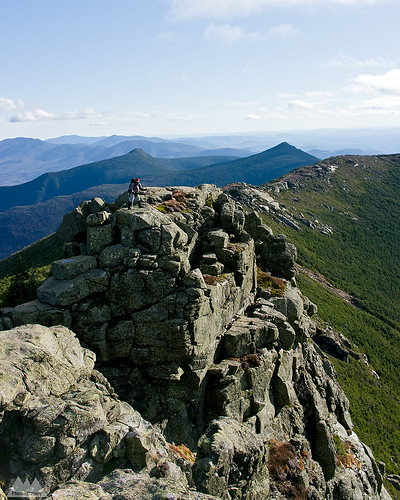 |
| Franconia Ridge, Pemigewasset Loop, NH. Mt's Liberty and Flume prominent in background. |
3. Pemigewasset Wilderness Loop, Pemigewasset Wilderness, White Mountains, NH. The Pemi loop is longer than all the rest by almost 10 miles, but it has a unique (dis)advantage of having several miles of hiking done on an old railroad grade. This loop is really more about mileage than any of the others, but the scenery is so spectacular I had to include it. The basic Pemi loop gained and loses 19,400ft over 31.5 miles. The book time for this hike is a mere 20 hours, and that assumes you are hiking it in sections. However, the grades are less steep then some of the other hikes on this list, and the bulk of above treeline hiking is over one of the most heavily used and well footed trails in the White Mountains. While the Franconia Range does take the brunt of bad weather and high winds coming from the east, you spend significantly less time above and significantly more time close to the edge of treeline for weather to be an overwhelming factor in success or failure of this trip in comparison to the Presidentials, or even the Great Range. That said, many people have under-prepared for this trip, had to drop off tens of miles from the trail head and beg for a ride, or worse walk 20 miles over highways and roads to get back to their car. I've read many a trip report of people sleeping in ditches on the side of I-93 because of poor preparation and fitness. It's fine line between moving fast and light, and being under-prepared on this loop as a day hike. While the Pemi is the biggest mileage hog and least technical hike on the list, it isn't without it's aesthetic bonuses. The Franconia and Bond Ranges in themselves are among the most heavily hiked, and most beautiful ranges in the Northeastern US. Combining the two over a very long day in the mountains makes for a phenomenal double marathon like adventure.
Options for the Pemi Loop:
1) Minimal Loop: 31.5 miles, 19,400ft G/L
2) All Spur Summits Loop (includes Galehead, North Twin, West Bond): 36 miles, 21,000ft G/L
 |
| Ascending Slide Mountain on an exposed slab from the Cornell Slide Col, Burroughs Range, NY. |
4. Burroughs Range Loop, Slide Mountain Wilderness, Catskill Forest Preserve, NY. The Catskills are actually a rugged eroded plateau that would look more like the high desert of Arizona and Southern Utah if the mountains were devoid of trees. The Burroughs loop is a ~13.5 mile loop, originating at Woodland Valley in the heart of the Catskills. The circuit ascends the spine of a range of 3500+ft peaks that include Whittenburgh, Cornell, and the Slide Mountain (one of only two 4000ft peaks outside of the Adirondacks, and the highest in the Catskills). The basic loop has a gain/loss of nearly 10,000ft. However, there are two optional ways to naturally extend the trip:
1) do an out and back spur to Panther Mountain adding 5 miles and 3,000ft gain and loss. Making the total distance 18.5 miles and 12,500 gained and lost.
2) spotting a second car at Fox Hollow trail head and hiking over Panther Mountain adding 6.25 miles and 4200ft gained and lost. The later makes the hike a total of 14,000ft over 19.75 miles, but also eliminates one of my favorite things about the Burrough's, the fact it is a true loop with a campground start! Yes, you can wake up in your tent at 7am, hike the Burrough's and be back at your campsite eating a gourmet meal later that evening.
With even the hardest option on the Burroughs still being significantly easier than either the Great Range or the Presidential Traverse, should the Burroughs make 4th on this list? Absolutely. This isn't purely about difficulty or distance or elevation, it's also about the aesthetics of the hike. The Burroughs is significant for the fact that outside of the alpine regions of NY, VT, and NH, this is in my opinion the most scenic, fun, and historically significant hike that would probably please both the hard men and women who merely enjoy suffering on the trail, and those just looking for a fun challenge while still being able to enjoy themselves. Doing the minimal loop gives you unparalleled 360 views from various vantage points of the entire Catskill Forest Preserve. Beyond that, the Burrough's loop also includes enough steep climbing and scrambling to keep most hikers who prefer technical hiking terrain happy with plenty of chances to use their hands. Besides, how many great loop hikes of this magnitude start and end at a state run drive in campground?
 |
| View south towards the Ashokan Reservoir from Sugarloaf Mountain, Devils Path. |
5. Devil's Path, Catskill Forest Preserve, NY. The Devil's Path is consistently rated by backpacker as one of America's hardest day hikes. It's over 25 miles long, and while it can hardly be called traversing the spine, it certainly is a direct path over many of the higher peaks in the Catskills. The DP gains and looses almost 20,000ft over it's length, much of it is lost in giant chunks of a few thousand feet at a time as it dips from long flat 3000+ foot summits down into steep narrow hollows (commonly called passes or gaps out west) and immediately reascending the next mountain without any drawn out approach. Along with the challenging ascents and descents, the DP also shares similar rugged hands and feet terrain as the Burroughs Range loop. Scenically, however, the Devil's Path simply isn't on par with it's neighbor, and for this reason it falls to 5th place on my list. Most of the scenery on the Devil's Path comes on the eastern half, and in my opinion, it is largely unspectacular from Mink Hollow onward making the entire second half of the hike fairly monotonous, and much more of a grind than it needs to be. In terms of shear difficulty, however, the Devil's Path could easily rank in the top 3.
For those that prefer even more technical hikes without all the unnecessary miles on the trail, keep on the lookout for a followup of my most challenging "They Call THAT a Trail" hikes.
If you have an alternative to my top five feel free to drop me a comment or send an email!

